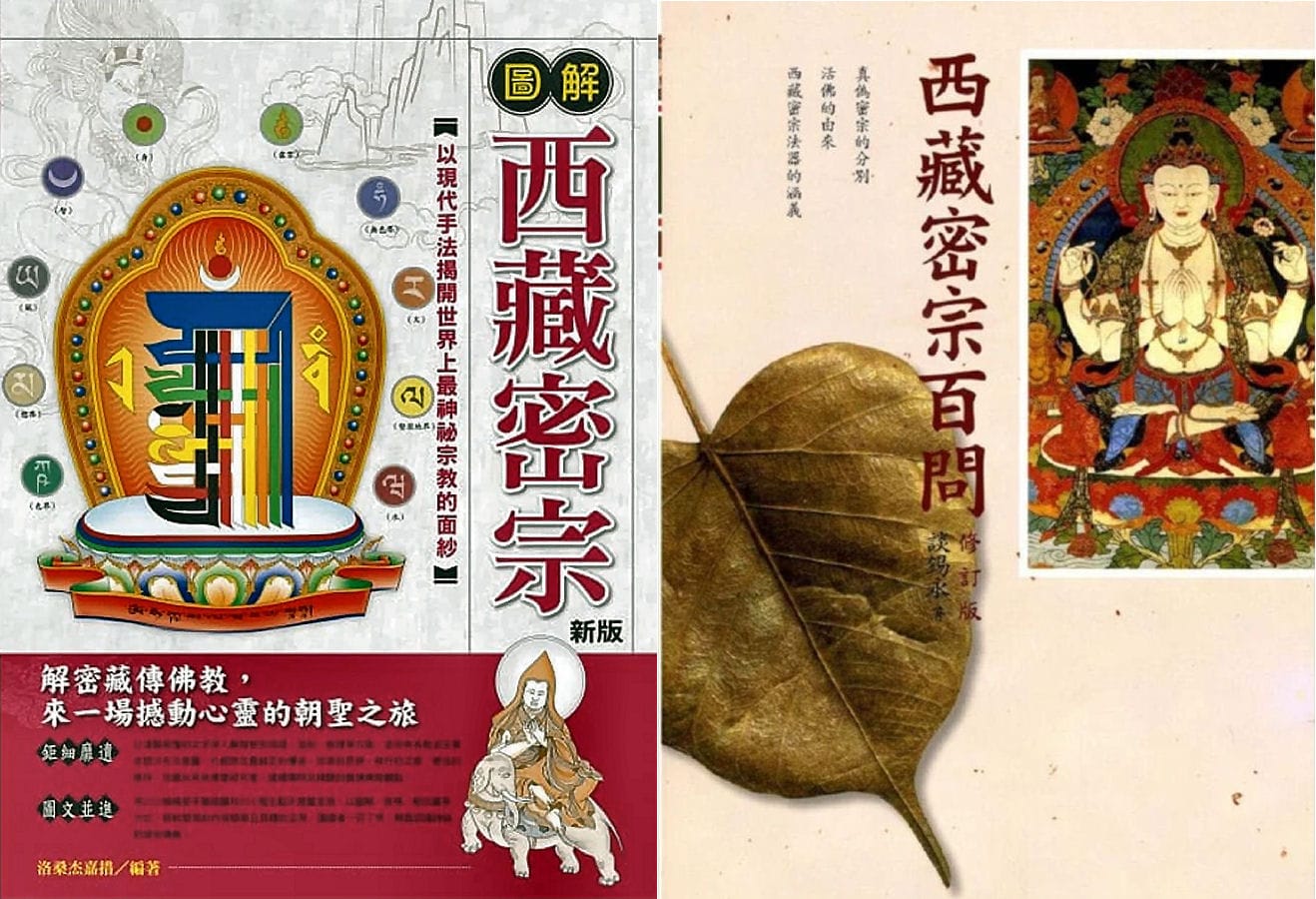Discover the profound teachings of Tantric and Esoteric Buddhism without emptying your wallet. This exploration delves into the history, practices, and available resources of these ancient traditions, from the legendary 84 Mahasiddhas to the intricacies of Chinese Esoteric Buddhism. Embark on a spiritual journey that nourishes the soul without costing a dime.
Legacy of the Unconventional: The 84 Mahasiddhas
Imagine individuals who attained enlightenment not through traditional monastic life, but through unconventional, even radical, practices. These are the 84 Mahasiddhas, revered figures in Tantric Buddhism. Their stories, often recounted as myths and legends, are filled with miraculous feats and profound insights. They were poets, yogis, and social misfits who defied societal norms to embrace the transformative power of tantric practices. The Mahasiddhas stand as a testament to the belief that enlightenment is attainable for anyone, regardless of background, who approaches the path with unwavering dedication.
A Tapestry of Tantric Traditions
Tantric Buddhism isn’t a monolithic entity but rather a vibrant tapestry woven from various traditions, each offering unique practices and perspectives. Tibetan Buddhism, recognized for its intricate tantric system, encompasses four main schools: Nyingma, Kagyu, Sakya, and Gelug. Another prominent thread in this tapestry is Chinese Esoteric Buddhism, which journeyed from India in the 8th century. This tradition emphasizes mandalas (sacred geometric diagrams), mantras (sacred sounds), and mudras (symbolic hand gestures) as tools to facilitate spiritual transformation.
Navigating the Digital Dharma: Resources and Considerations
In our digital age, teachings from Tantric and Esoteric Buddhism are more accessible than ever before. Websites, online forums, and social media platforms offer a wealth of information, including guided meditations, lectures, and even online courses. While these resources can be valuable, especially for those seeking an introduction to these complex traditions, it’s crucial to approach them with a discerning eye. The internet, while a wellspring of information, can also harbor misinformation. Verifying sources and approaching material with a critical mind is essential. Remember, nothing can replace the guidance of a qualified teacher.
Finding Your Way: The Importance of Lineage and Guidance
For those drawn to the transformative potential of Tantric Buddhism, finding a qualified teacher within a recognized lineage is paramount. Like learning any complex skill, having an experienced guide can make all the difference. A genuine teacher provides authentic teachings, clarifies misunderstandings, and offers personalized guidance. The essence of Tantric Buddhism lies in applying its wisdom to everyday life. It’s about embodying the teachings in thought, word, and deed.
The Spirit of Dana: Ethical Giving in the Dharma
While many teachings are offered freely, supporting teachers and centers is a traditional practice known as “dana.” Often translated as generosity or giving, dana is an expression of gratitude for the teachings and helps ensure their continued availability. It’s a reciprocal act that acknowledges the value of the Dharma and helps create a sustainable future for these profound teachings to flourish.
Embracing the Path to Enlightenment
The teachings of Tantric and Esoteric Buddhism offer a transformative path toward enlightenment— a path open to all who seek it with sincerity and dedication. By approaching these traditions with respect, discernment, and a commitment to ethical conduct, we can unlock our potential and embark on a journey of profound spiritual growth.
Delving Deeper: What is Esoteric Buddhism?
Esoteric Buddhism, often referred to as Vajrayana or Tantrayana, takes the path of Buddhism to an advanced level. Imagine traditional Buddhism as learning to cook from a cookbook; Esoteric Buddhism is like having a master chef teach you their secret recipes. You still learn the basics but gain access to more advanced techniques and insights.
This branch utilizes tools like mantras (specific sounds or phrases), mandalas (intricate geometric designs), and visualizations (creating vivid images in the mind) to accelerate spiritual growth. Think of it as using a nail gun instead of a hammer to build a house—both methods work, but the nail gun is faster and more efficient.
However, Esoteric Buddhism often requires finding a qualified teacher to navigate its intricacies. They serve as a spiritual mentor, providing guidance and helping you unlock your full potential.
It’s important to acknowledge that interpretations within Esoteric Buddhism, like any spiritual tradition, can vary. Different schools of thought and lineages exist. The key is to find what resonates with you on your unique spiritual path.
The Guru in Tantric Buddhism: Lineage and Inner Wisdom
In Tantric Buddhism, the concept of a “guru” isn’t about one all-knowing individual. Instead, it’s about lineages of enlightened masters called Mahasiddhas, who achieved profound realization and passed on their wisdom through the ages. The real shift in Tantric Buddhism is realizing that the true guru resides within you. The external teacher acts as a guide, pointing you towards that inner wisdom.
The 84 Mahasiddhas, each with their inspiring story of transformation, exemplify that enlightenment isn’t about escaping the world but fully embracing it. They embody the potential of Tantric Buddhism.
“Guru yoga” is a central practice in these traditions. It involves cultivating deep respect and trust in your teacher, fostering an energetic connection to help you access your spiritual potential. It’s like plugging into a powerful energy source that accelerates your journey.
However, not everyone claiming to be a guru is authentic. Discerning the qualities of a genuine Tantric teacher is crucial. They embody ethical and spiritual principles and prioritize your growth, not blind following. Look for a teacher who “walks the talk,” guiding you to find your inner guru.
Remember, the guru-disciple relationship is sacred. When approached with pure intentions and understanding, it can be transformative, leading you towards genuine spiritual awakening.
Unveiling the Four Types of Tantra
Tantra, an ancient and multifaceted practice, aims to guide individuals toward enlightenment by recognizing the profound connection between the body and mind. Tantric Buddhism categorizes its practices into four distinct types, each with a unique approach and goal:
Kriya Tantra: This path emphasizes external practices, including rituals, purification techniques, and chanting mantras—laying the groundwork for spiritual growth by cleansing the mind and body.
Charya Tantra: Combining external and internal practices, Charya Tantra involves rituals alongside deity visualization and connection. It emphasizes building discipline, devotion, and a profound bond with the chosen deity.
Yoga Tantra: This path dives deep into the world of yoga, encompassing breathwork (pranayama), meditation, and other internal practices. The ultimate goal is to experience unity with the chosen deity and transcend the limitations of the physical body.
Anuttarayoga Tantra: Considered the most advanced and esoteric form, Anuttarayoga Tantra involves intense yogic techniques, working with subtle energies, and powerful visualizations. Its aim is to accelerate the path towards enlightenment by transforming negative emotions into wisdom.
Our understanding of Tantra continues to evolve as researchers unearth its depths. What we know today may only be a glimpse into its vast potential.
Exploring Further: Hel Norse Mythology Offerings
For a deeper dive into ancient traditions and spiritual practices, explore the fascinating realm of Hel Norse mythology offerings. Discover how these ancient rituals appease the guardian of the underworld and offer insights into the hidden depths of your soul.
- SYBAU See You Baby Meaning: Gen Z Slang Evolves - July 1, 2025
- Unlock Your Inner Youth: Lifestyle Secrets for a Vibrant Life - July 1, 2025
- Decode SYBAU Meaning: Gen Z Slang Explained - July 1, 2025






